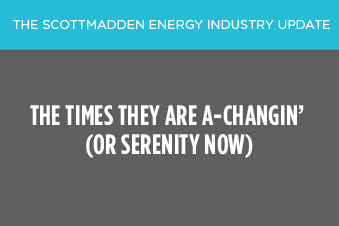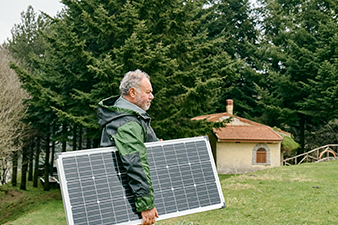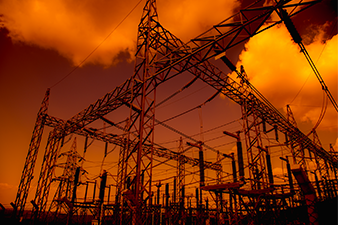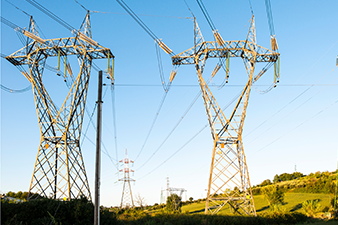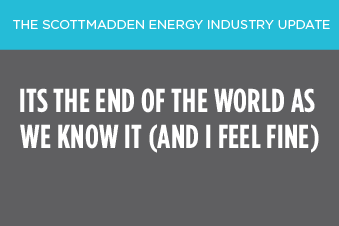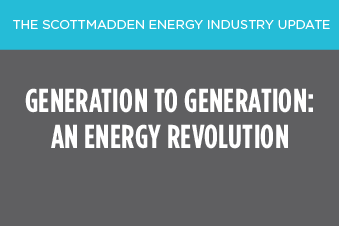ScottMadden recently conducted a survey on distributed resources. We surveyed utility professionals to learn about their perspective on distributed generation. Survey participants were asked to share their sentiment in three key areas:
- Timing of the potential threat posed to utilities by distributed resources
- Growth of distributed resources without incentives
- Whether net-metering rules should be revisited.
Where?
Survey respondents were based in various parts of the country including:
- Southeast: 50%
- Southwest: 15 %
- Midwest/Great Plains: 15%
- Northeast/Mid-Atlantic: 11%
- West: 9%
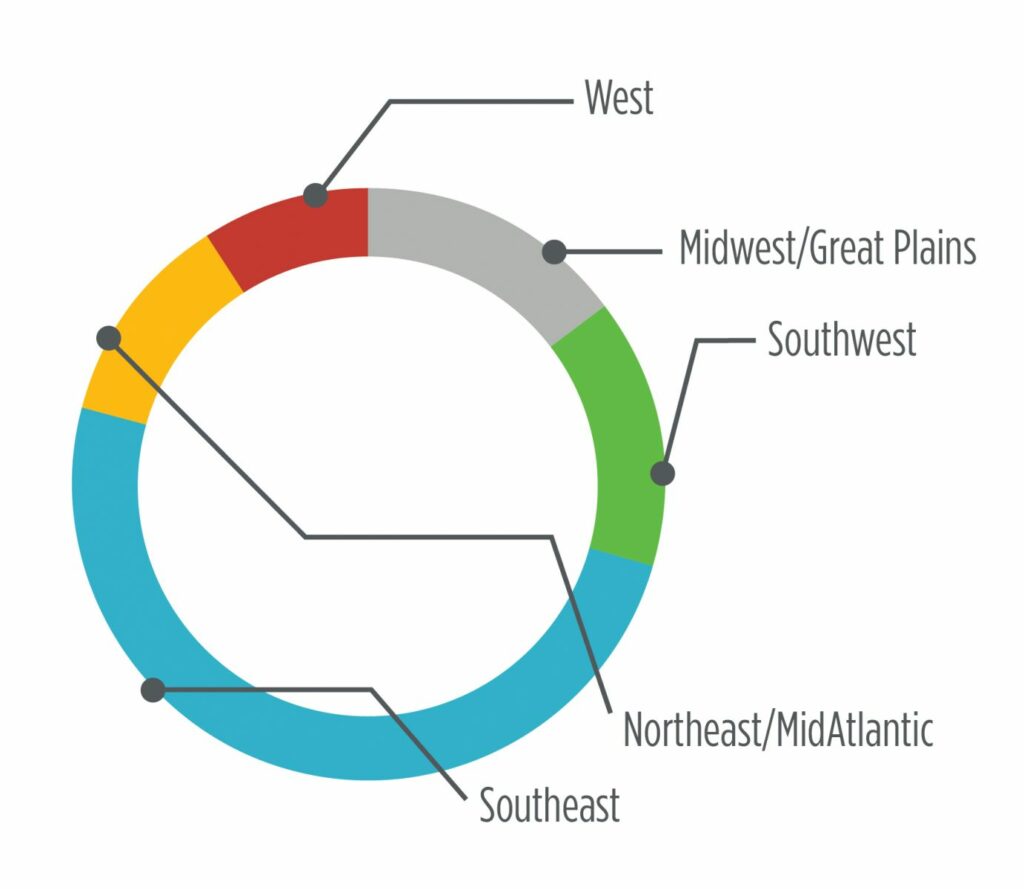
Potential Threat Timeline
When asked about the potential threat posed to utilities by distributed resources, the majority of survey respondents (59 percent) replied that the threat is likely to come in two to five years. Impacts in five or more years ranked second, with 38 percent of responses. Only three percent saw an impact in the next year.
A major driver of this potential for transformation is the rapid and continued decline of solar PV costs coupled with new business models for distributed generation, such as third-party ownership of solar.
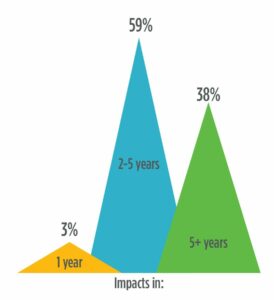
Growth Without Incentives
Eighty-five percent of respondents saw continued growth of distributed resources without incentives. Thirty-one percent expected this growth to be rapid, while 54 percent saw it as modest.
This sentiment reflects the potential of distributed generation to reach grid parity in markets with high rates (e.g., Hawaii) or favorable rate structures (e.g., tiered rates in California or time-of-use rates in Arizona).
Revisiting Net-Metering
Of those surveyed, 89 percent believed that today’s net-metering rules should be revisited. There is a growing discussion, often heated, around net metering and possible alternatives. More importantly, the debate is not limited to high-growth markets for distributed resources; the conversation is occurring in places ranging from California to Louisiana to Minnesota.ScottMadden expects distributed generation to remain a key issue for the electric industry over the long term. However, we believe the impact and rate of change will be uneven across the United States. Markets with distributed resource incentives, policies that encourage and facilitate their adoption, and higher rates are likely to experience changes more rapidly.
Further, we expect regulators in these markets to proactively explore equitable alternatives to traditional net metering. For example, the Minnesota Public Utilities Commission recently approved a value of solar tariff methodology, and the California Public Utilities Commission will adopt a net-metering “successor tariff” in 2015.
We want to hear from you! How do you see distributed generation in the industry?
For more information or to provide comments on this report, please contact us.
Cristin Lyons, Partner and Grid Transformation Practice Leader
Paul Quinlan, ScottMadden CleanTech Specialist





